Dont Call
the THRIFT SHOP
Dont Call
the THRIFT SHOP
What to Do with a Lifetime of
WellLoved Possessions
SUSANNAH RYDER

Copyright 2007 by Susannah Ryder
First M. Evans edition 2007
This M. Evans paperback edition of Dont Call the Thrift Shop is an original publication.
It is published by arrangement with the author.
All rights reserved. No part of this book may be reproduced in any form or by any electronic or mechanical means, including information storage and retrieval systems, without written permission from the publisher, except by a reviewer who may quote passages in a review.
Published by M. Evans
An imprint of The Rowman & Littlefield Publishing Group, Inc.
4501 Forbes Boulevard, Suite 200, Lanham, Maryland 20706
Estover Road, Plymouth PL6 7PY, United Kingdom
Distributed by National Book Network
Library of Congress Cataloging-in-Publication Data
Ryder, Susannah,
Dont call the thrift shop : what to do with a lifetime of well-loved possessions / Susannah Ryder.
p. cm.
Includes index.
ISBN-13: 978-1-59077-111-2 (pbk. : alk. paper)
1. CollectiblesUnited StatesMarketing. 2. AntiquesUnited StatesMarketing. I. Title.
NK1125.R93 2007
790.1'32dc22
2006008547
 The paper used in this publication meets the minimum requirements of American National Standard for Information SciencesPermanence of Paper for Printed Library Materials, ANSI/NISO Z39.481992.
The paper used in this publication meets the minimum requirements of American National Standard for Information SciencesPermanence of Paper for Printed Library Materials, ANSI/NISO Z39.481992.
Manufactured in the United States of America.
CONTENTS
ACKNOWLEDGMENTS
AND THANKS
This book is dedicated to my friend, mentor, and advisor, Norine Dresser, for her invaluable support, and to P. J. Dempsey, who gave me the opportunity to write this book.
Special thanks to the following individuals and organizations for their contributions and materials: Sidney Adair; Mary Cullather; Seth Bright; Jim Bergman; Bruno Corsini; Kim Daniels; John Dugan; Mark C. Grove; Viga Hall; Frank Hettig; Elayne Horton; Don Jones; Tom La Forge; Ann Molod; Janet Murillo; Trudie Pansey; Marc Richards; Susan Romaine, CFP; Paul Romero; Paul Thompson, G. G., ASA; A. J. Mawer; Raymond Scott; Sandra Tropper, ASA; James Wagner, CFP; Michael Walsh; Sharon Yost.
I would also like to thank:
Anne Kern, Certified Financial Planning Board of Standards
Betsy Snyder, American Society of Appraisers
Rick Wolf, Sothebys
Joe Orlando, Professional Sports Authenticators
David Hall, Professional Coin Grading Services
David Hertsgaard, Eames Office
Mike Van Eaton, Van Eaton Galleries
Ruth Feldman, The Doll Shoppe
Arnold Blumberg, Gemstone Publishing
Cheryl Marks, Cheryl Marks Estate Services
and American Art Review, Antiques and the Arts, Antiques and Fine Art, Art and Antiques Magazine, AntiqueDress.com, AskArt, J.C. Ames Auctioneers, Bonhams & Butterfields, Coinfacts, Chard, Christies, Diamond Galleries, Heritage Galleries, Julians Vintage Clothing, Maine Antiques Digest, Sothebys, Skinners, Swanns, Superior Galleries, Treadway Gallery, Vintage Vixen, PCGS, Kitco, Rago Arts, and Replacements.
Thanks to Jed Lyons, Rick Rinehart, Dulcie Wilcox, April Leo, and the wonderful team at M. Evans/Rowman & Littlefield Publishers.
INTRODUCTION: WHY
THIS BOOK?
Over the years, in my work as a financial advisor, I would often meet people with piles of stock certificates, old statements, papers, checks, and a bewildering array of letters and correspondence from financial institutions. I would find out there was a death in the family or some other need to take a financial inventory. I would help my clients sort through these mystifying documents, evaluate and appraise their holdings, organize and understand their financial assets, and decide how to manage their investments.
Then, a few years ago, I served as the executor of a family estate. What a confusing process it was! I had experience selling fine art and antiques, yet I was lost when it came to Oriental rugs, stamps, wrist watches, and rare books. I realized I was much like my own clients who came to me for helpI didnt know what I should keep or sell, how much anything was worth, how things could be sold, and where exactly to turn for professional help.
Soon I found that the world of antiques and collectibles had changed dramatically. Information once found only in libraries was now available at the click of a mouse. Online retailers offered rare objects that once could be purchased only at exclusive shops. EBay had created a more liquid market for millions of collectibles. Third-party grading was emerging as an important factor in valuations. Fine art values were skyrocketing. All sorts of fun and interesting objectssome of which might seem unremarkable to the uneducated eyewere finding their way into collections and into the auction record books.
Almost every individual and family will encounter situations that raise the need to go through a houseful of family possessions and heirlooms. A move to a retirement home, an illness, a need for liquidity to meet expenses, a death in the familythese are often times of upheaval. It became clear to me that a guidebook was necessarya roadmap for navigating the process of investigating, valuing, and selling many different kinds of personal property.
But there was no such book! So I decided I would write one, to share with others what I had learned, and to explore the exciting new world of resources changing and shaping new markets in antiques and collectibles.
Once I started the project, I learned very quickly that it would take many books, or many hundreds of books, to provide all the information necessary to complete an expert evaluation of any collection. I have tried to shed some light on the many reference sources that do exist, and to explain a little about how to work with the different professionals who are part of the process. The estate planning attorney, appraiser, auction company, antique dealer, art expert, tax advisor, liquidator, eBay assistant, and charitable institution all may have a role to play in your personal property decisions.
This book is intended only as a starting point, hopefully a compass to many of the valuable places where you will find people with knowledge and expertise far beyond my own. Please enjoy the journey. Have fun with your collections, learn from them, and let them change your lives.
Dont Call
the THRIFT SHOP

LIFE STORIES
Pattys mother, Edna, was in her eighties. She had been widowed for nearly twenty years, and lived alone in the rambling house Patty had been raised in. Ednas health seemed good, and she was proud to be able to care for herself in her own home. It was a beautiful turn of the century house in rural Ohio, filled with old furniture, books, paintings, and china.
Pattys cousin Stacie often fretted to her about Edna.
What will you do, when things change? she would ask. You live over two hundred miles away and youre busy with your kids. Aunt Edna needs to move closer to you. How will she manage a big house like this if her health starts to fail?
Stacie, she is so stubborn. Ive tried to talk to her about... eventualities. She wont consider moving. She feels fine. Ive looked at retirement facilities, and even talked to her about moving in with us, but she wont listen to any discussion. I know something will have to be done sooner or later. Jim has been saying the same thing. I dont know what to do... not yet, anyway.


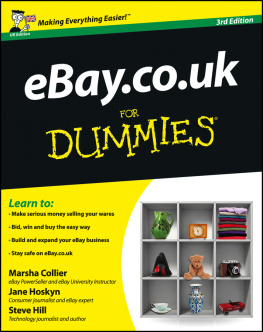

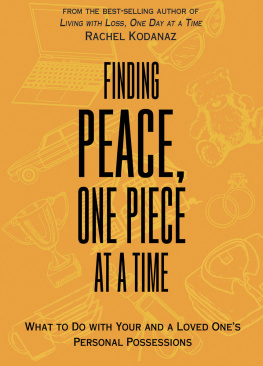
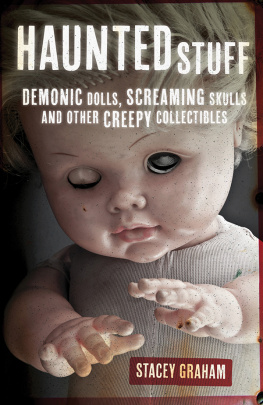

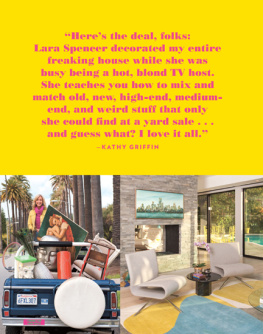
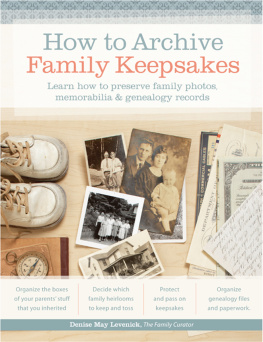
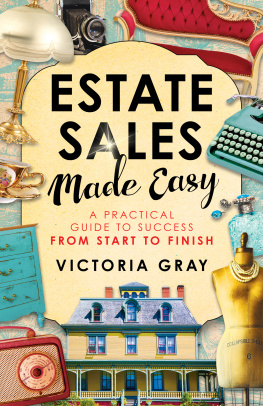

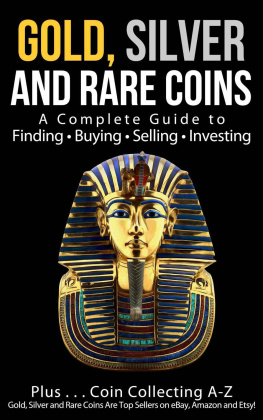
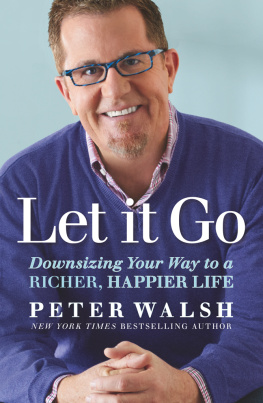

 The paper used in this publication meets the minimum requirements of American National Standard for Information SciencesPermanence of Paper for Printed Library Materials, ANSI/NISO Z39.481992.
The paper used in this publication meets the minimum requirements of American National Standard for Information SciencesPermanence of Paper for Printed Library Materials, ANSI/NISO Z39.481992.